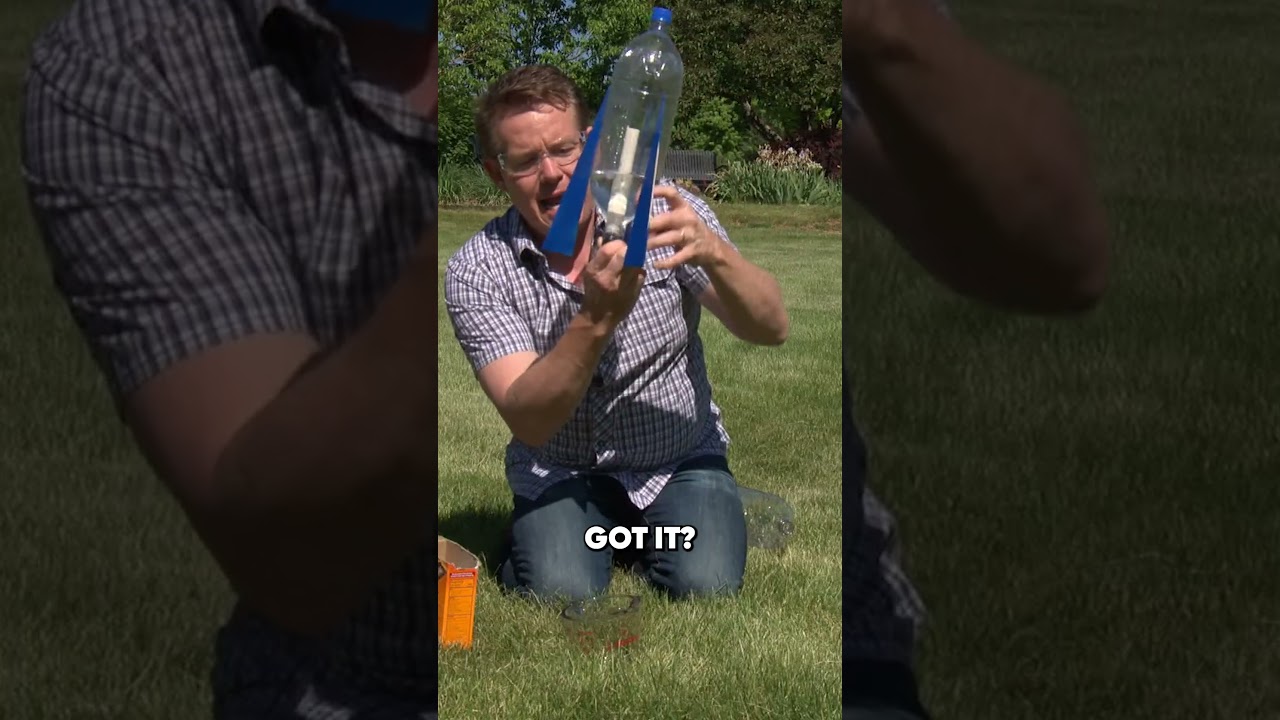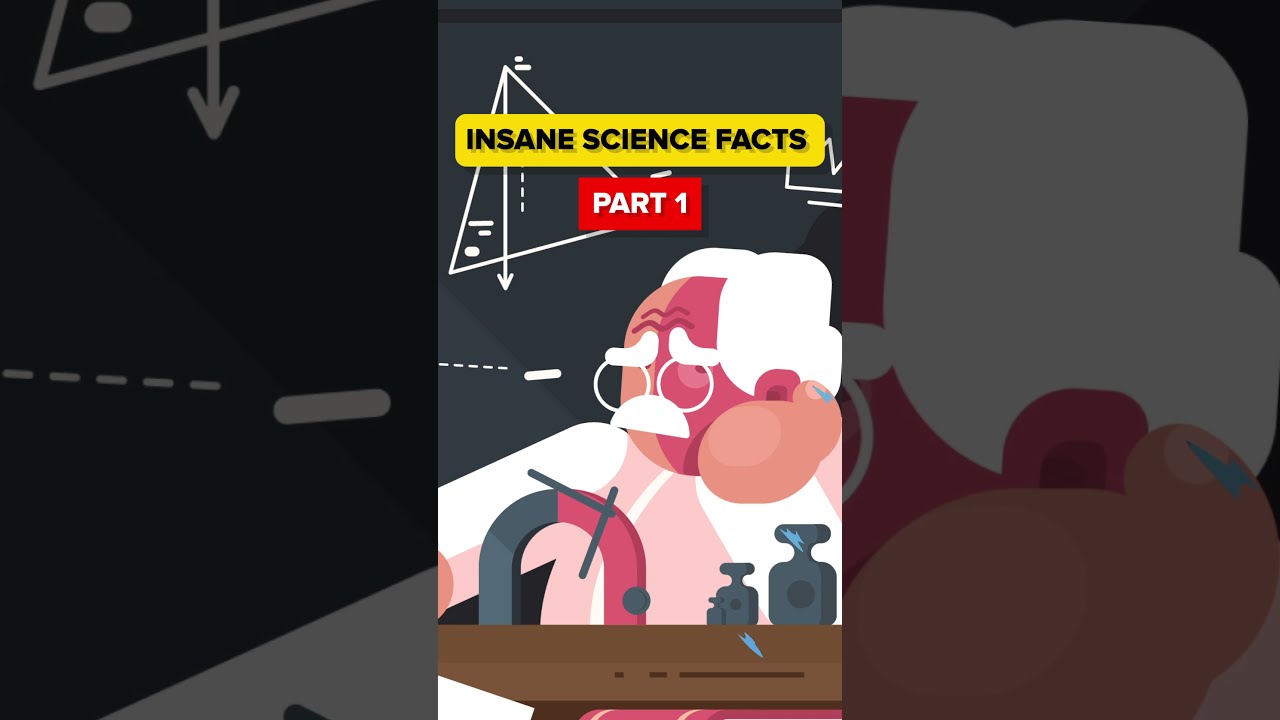Sigma Physics 🗿🔥। Power of Physics😱। #shorts #physics #experiments
Credit:@5MinuteCraftsYouTube
Physics science experiments
Measurements and units physics
Physics class unit and measurement
The basics of physics for beginners
Physics experiments with with explanation
Physics in class
Science and physics experiments
Interesting science experiments
Interesting about science
Information about science
Science day science experiments
Science experiments videos
Science educational video
Science experiments with explanation
Physics note
Note:-Full credit to the respective owners.All Image, music, pictures and videos shown in the video belongs to their respective owners. In case of any copyright issue, Please
Contect Us immediately for further credit or clip delete.
Mail us here:- [email protected]
________________________________________________
1. This video has no negetive impact on the original works(It would actually be positive for them).
2. This video is also for teaching purposes.
3.It is not transformative in nature.
4.1 only used bits and pieces of video to get the point across where necessary.
________________________________________________
Disclaimer: Under Section 107 of the Copyright Act 1976, allowance is made for “fair use” for purposes such as criticism, commenting, news reporting, teaching, scholarship, and research. Fair use is a use permitted by copyright statute that might otherwise be infringing. Non-profit, educational or personal use tips the balance in favour of fair use.








Got it! Here's a detailed and extended write-up about work in physics:
—
Work in Physics
In physics, work has a very specific meaning that differs from everyday use. It refers to the process of energy transfer that occurs when a force is applied to an object, causing it to move in the direction of the force. Mathematically, work is defined as the product of the force applied to an object and the displacement of that object in the direction of the force. The equation is:
W = F × d × cos(θ)
Where:
W is work,
F is the magnitude of the force,
d is the displacement of the object,
θ is the angle between the force and the direction of displacement.
Work is measured in joules (J) in the SI system, where one joule is equal to one newton of force causing a displacement of one meter. For work to be done, three conditions must be met: there must be a force, the object must move, and the movement must have a component in the direction of the force.
Types of Work
1. Positive Work: This occurs when the force and displacement are in the same direction. For example, lifting a box off the ground or pushing a cart forward.
2. Negative Work: This happens when the force and displacement are in opposite directions, such as when friction slows down a moving object.
3. Zero Work: If there is no displacement, or if the force is perpendicular to the direction of motion, no work is done. For example, holding a heavy object stationary or the normal force acting perpendicular to the motion of an object on a flat surface.
Work and Energy
Work is closely related to energy. When work is done on an object, energy is transferred to or from that object. For example, when you push a sled and it starts moving, you're transferring energy to the sled through work. This is described by the work-energy theorem, which states:
The net work done on an object is equal to the change in its kinetic energy.
That is: W = ΔKE = ½mv²(final) – ½mv²(initial)
Real-Life Examples of Work
Pushing a box across the floor: You apply a force, the box moves, and energy is transferred from you to the box.
Climbing stairs: Your muscles do work to move your body against the force of gravity, increasing your gravitational potential energy.
Lifting weights: The work you do lifting the weights increases their potential energy.
Work in Different Contexts
In physics, work isn't always visible. For instance, in thermodynamics, work can refer to energy transferred by a system (like a gas expanding in a cylinder) rather than by direct physical movement. In electrical systems, work is done when charges move through a potential difference, such as in a circuit where a battery does work on electrons.
—
Would you like this turned into a diagram or a summary for easier studying?
Thank you very much for completing 300 subscribers and please make it to 500 subscribers soon.❤❤
https://youtu.be/VbTATlsLao4?si=MBdL5xssJX4cKM9h
Follow me for more information ❤
I don’t understand what the special thing about this is. Am I to European
Si❤❤😂😂
This is kown as atmospheric pressure😊
Einstein: leave me alone..
Song
Einstein ❤😢